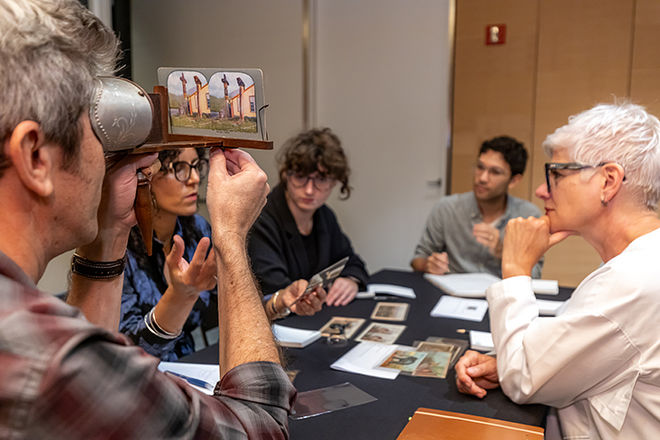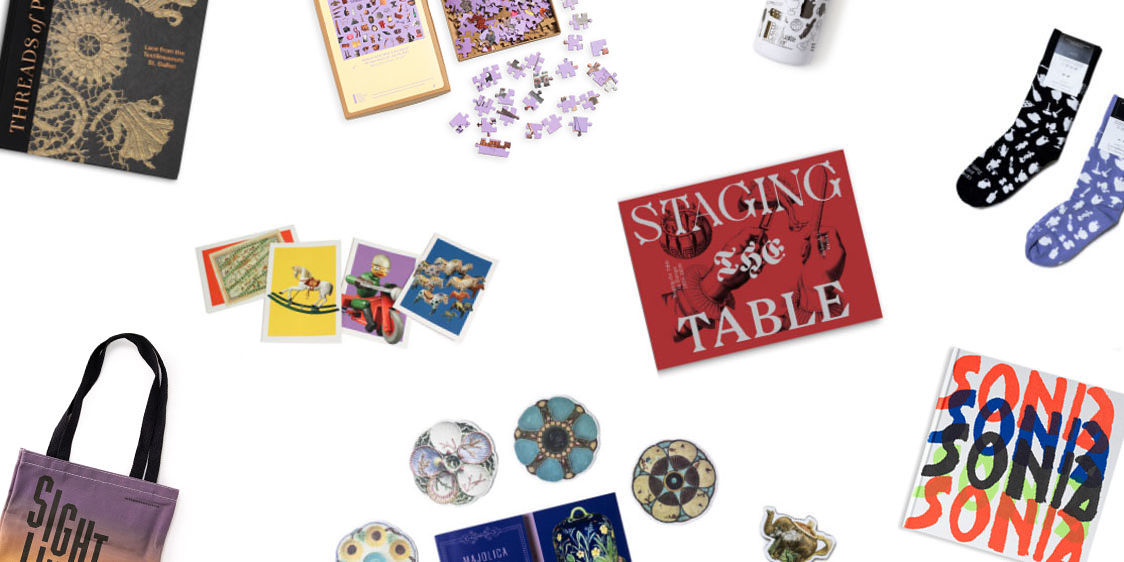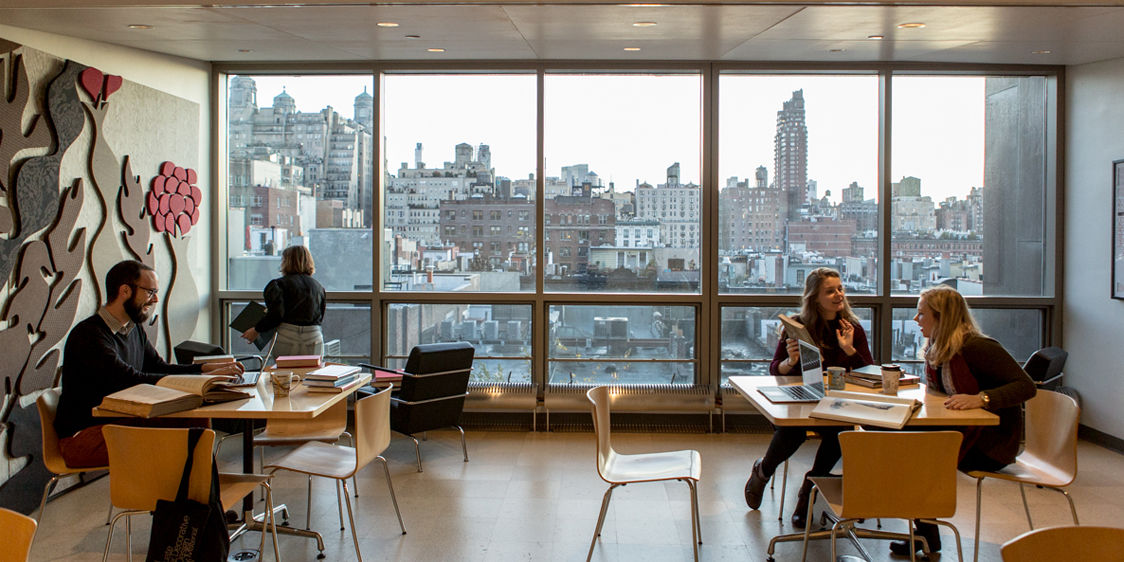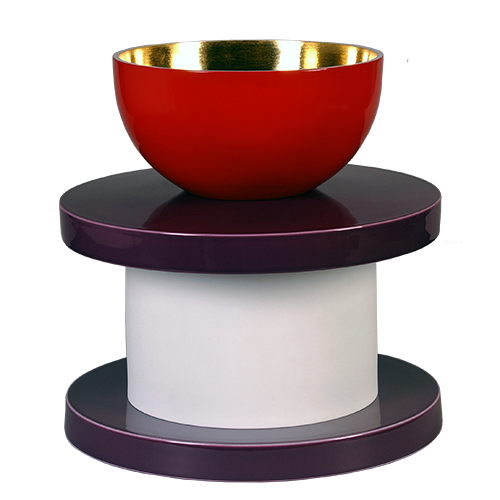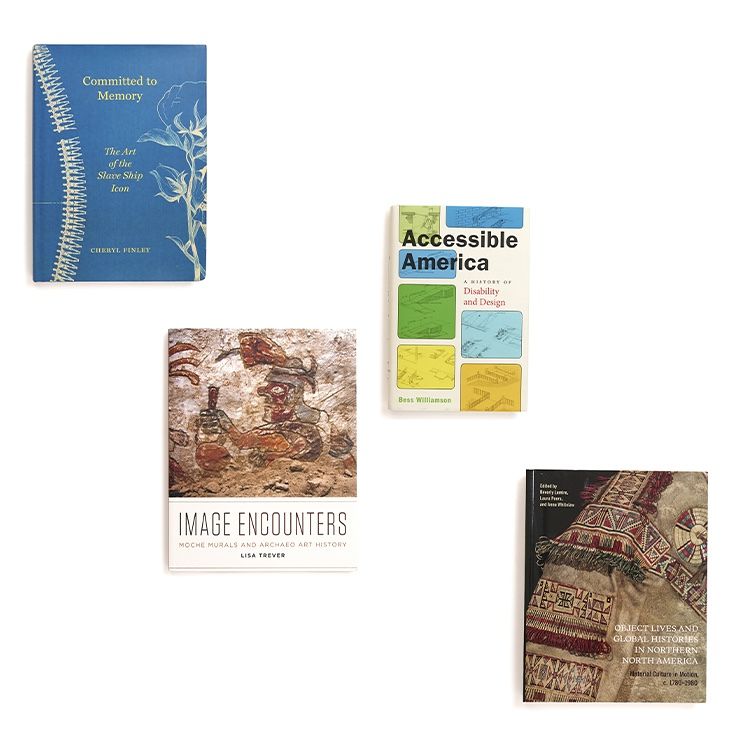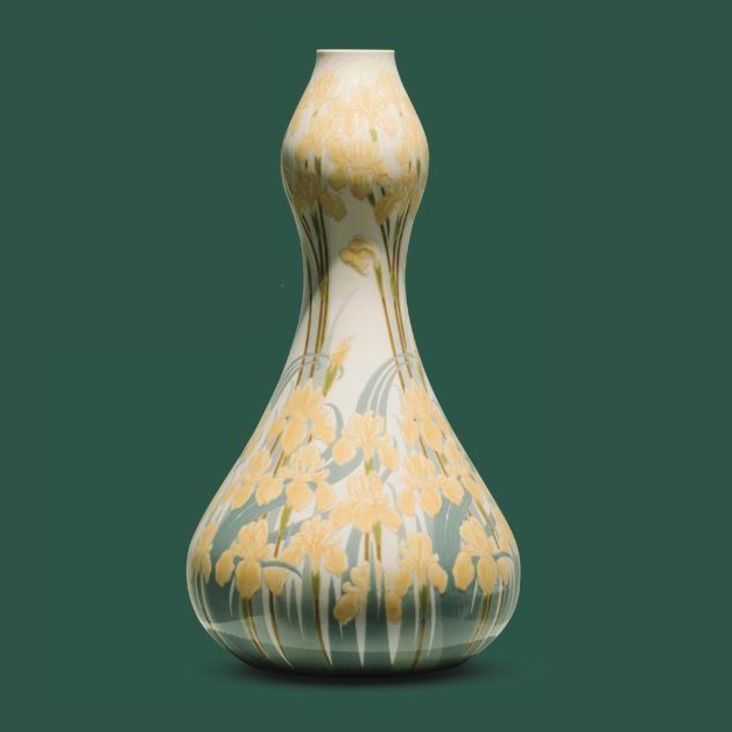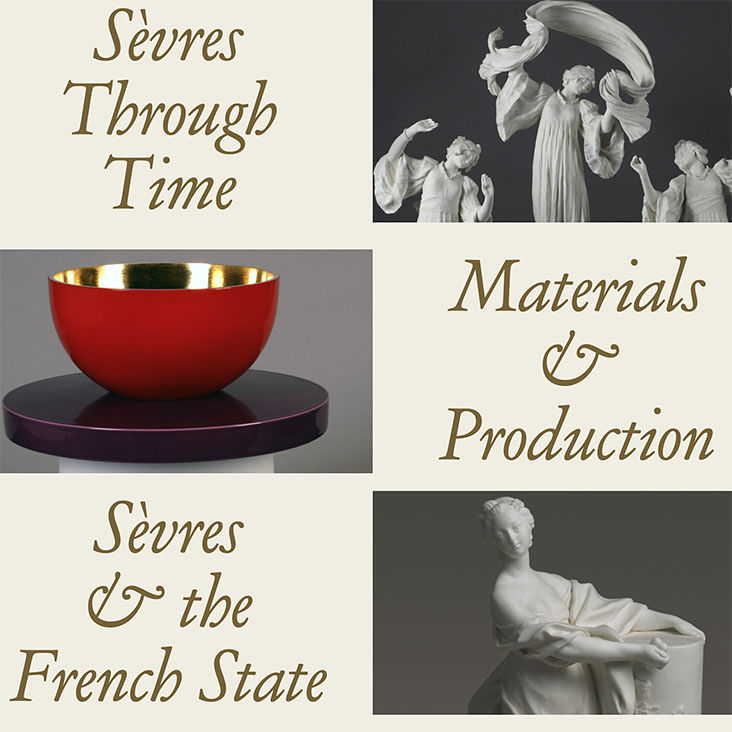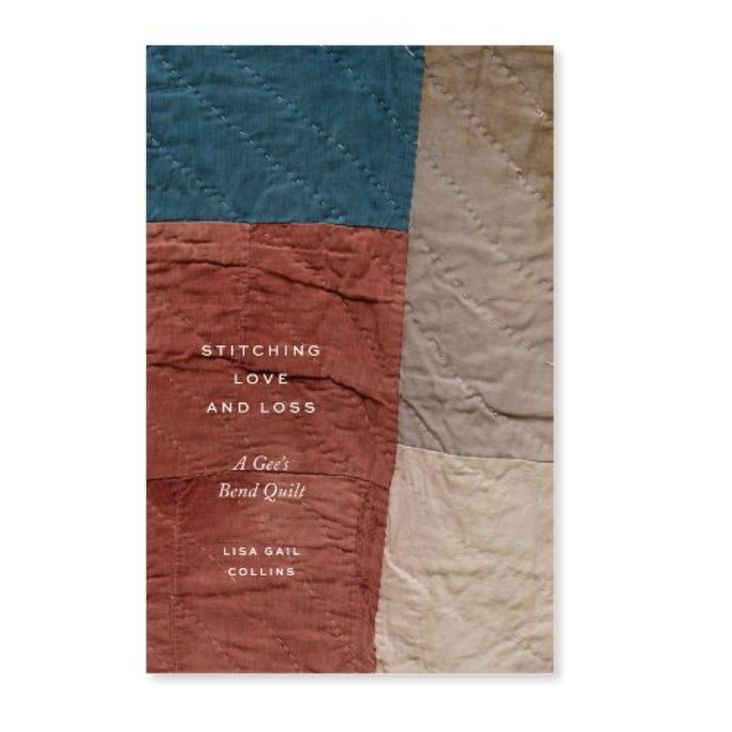As an inherently object-centered discipline, art history is an important source of information and methodology for the study of the past through material things. Attention to style, iconography, ornament, biography, materials, and artistic techniques continues to anchor research into individual objects and object groups, while techniques of formal analysis, dating, attribution, patronage, and provenance research—established aspects of traditional connoisseurship—acquire new utility and power when combined with advances in material and conservation science. At Bard Graduate Center, faculty and students integrate insights from art history with other technical, historical, and theoretical perspectives including cultural history, sociology, anthropology, and historical geography, pushing the discipline towards new ways of investigating and celebrating human creativity.
One of the hallmarks of BGC is the seamless integration of teaching and research. Graduate seminars are taught by the faculty who organize the seminar series, symposia, and publications and who select visiting fellows. These research events, in turn, inspire new faculty and student work. In this online series we re-present to you research at BGC as facets of faculty teaching and publishing. Themes reflect curricular foci and areas of special strength.
Meet the BGC: Deborah L. Krohn
Professor Deborah Krohn talks about how she came to art history knowing that her interests wouldn’t follow the traditional path, and how when she came to BGC she had settled in the perfect place between the more traditional study of art history and a more radical contextual study of objects.
Meet the BGC: Andrew Morrall
Professor Andrew Morrall talks about his research on the work of craftsmen in the era of the Kunstkammer. He discusses our MA program, touching on our institutional partnerships with museums such as the Frick, AMNH, and MAD, and how these partnerships enrich the experiences of our students.
Meet the BGC: Jeffrey L. Collins
Professor Jeffrey Collins talks about his background in American studies and art history, how he settled on 18th-century Rome, and his interest in collection and display. He discusses how his work in the margins of these fields—rooting historical inquiry in objects—lands in the center of what we do at BGC.
Symposium: Prudence, Techne, and the Practice of Good Governance in the Early Modern Kunstkammer
This conference explored the intertwined histories and philosophies of governance, techne, and collecting in the early modern period.
Object of the Month: Mountain Jar (shanlei)
From the 2017 exhibition Design by the Book: Chinese Ritual Objects and the Sanli tu, PhD candidate Julie Bellemare looks at Mountain Jars, a type of vessel recorded in the ancient Confucian ritual classics as having been used in royal ancestral sacrifices as well as in sacrifices to Earth.
West 86th: Michael Yonan
This essay traces the commonalities and divergences between the discipline of art history and contemporary interdisciplinary material culture studies. It examines art history’s transformation into visual culture and calls for it to instead assume the mantle of material culture.
Object of the Month: Embroidery
From the 2008–09 exhibition English Embroidery from The Metropolitan Museum of Art, ca. 1580–1700, Professor Andrew Morrall discusses an embroidery panel that constitutes one of the most popular themes of English seventeenth-century figurative embroidery, that of the “companionate couple.”
Lectures: North & Thornton
Watch lectures by visiting speakers recorded on 86th Street: Michael North’s “Collecting European and Asian Art Objects in Seventeenth- and Eighteenth-Century Batavia” and Dora Thornton’s “Wine, Women, and the Glory of Venice: Masterpieces of Renaissance Glass.”
Fellows Talk: Malcolm Baker
Former Research Fellow Malcolm Baker talks about the traditional separation of art history and design history. He reflects on his time at BGC and how his project mapping the role of portraits in changing notions of authorship in eighteenth-century Britain was influenced by his colleagues at BGC.
Publications: William Kent
From the exhibition catalogue for William Kent: Designing Georgian Britain, Steven Brindle’s chapter “Kent and Italy” looks at the influence of Kent’s time in Rome and how he transformed Italian visual culture into an English style that helped define the Georgian period.
Image Credits: [Symposium: Prudence,Techne, and the Practice of Good Governance in the Early Modern Kunstkammer] Diego de Saavadra Fajardo,Idea de vn principe politico christiano, rapresentada en cien empresas (Milan, 1642). [Object of the Month: Mountain Jar (shanlei)] Mountain jar (shanlei), Jiajing mark and period, 1522-1567. Porcelain. Private collection. [Object of the Month: Embroidery] The Five Senses and the Four Elements, second quarter 17th century. Canvas worked with silk thread. The Metropolitan Museum of Art, Gift of Irwin Untermyer, 1964, 64.101.1315. [Publications: William Kent] Photograph: Bruce White.
